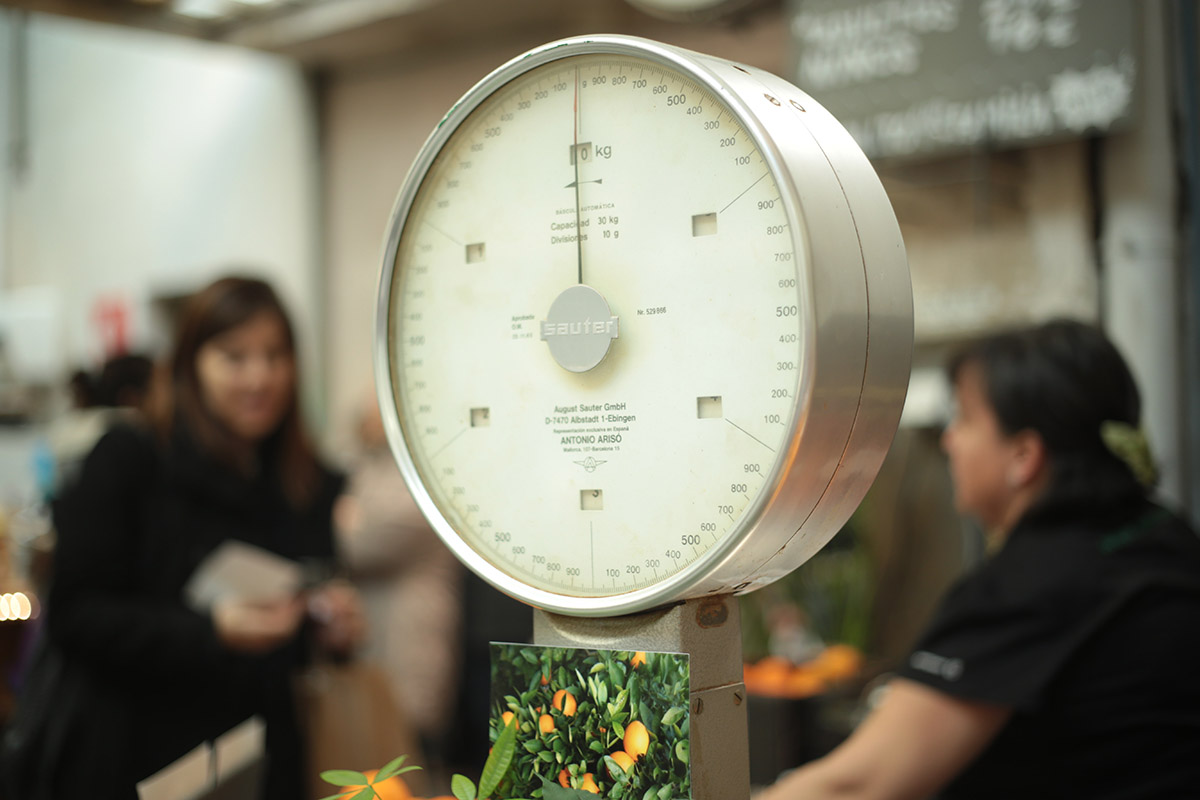
When evaluating crop performance and yield we usually look to evaluate different traits such as Size, Shape, Brix levels, Leaf area, Titratable acids, Flavor, Texture, Fresh weight, Dry weight, and more.
For this article let’s focus on dry weight and fresh weight; two very important measurable variables when evaluating crop performance.
Fresh weight is defined as the weight recorded immediately when our product is harvested. This variable includes the water content present in the product. Fresh weight can be useful when evaluating yield results before selling our product. We usually get paid for the weight of our fresh produce. This is the main reason why we are very used to working with fresh weight as the variable to be measured when evaluating crop results.
However, fresh weight includes water content in the product at the harvest time. Water content after harvest can change due to time or environmental conditions. This is why when evaluating harvest using fresh weight we need to take measurements as soon as we harvest the product. Otherwise, we can get inconsistent data.
On the other hand, we can also work with dry weight. Dry weight is defined as the weight recorded after drying plant tissue at temperatures higher than ambient temperature. This drying process eliminates water from the plant. Dry weight can be a very useful and reliable tool when looking to evaluate crop performance, especially after applying any treatments looking to improve yield or quality.
Dry weight will provide a precise measurement of biomass eliminating fluctuations caused by water content. Plant total biomass can be directly related to our plant performance as a response to photosynthetic capacity, nutrition, environmental conditions, and more. This is why dry weight will be the best option to record weight when evaluating treatments or any special management inside our systems looking to improve yield or quality.
We use dry weight to measure weight from the harvested organ (e.g. fruit), specific plant tissue (e.g. leaf), or the whole plant.
In summary, dry weight refers to all constituents of plants except water and is a more reliable option to analyze weight. Fresh weight includes water, which is less reliable when trying to judge how specific plant management or system management is impacting plant performance.
How can we measure dry weight?
In order to get the dry weight from a plant, we need first to remove the tissue of interest from the plant. If measuring the whole plant be sure to clean roots and remove any substrate. Remove also any present water over the tissue surface. Set an oven at low heat and place the plant or tissue inside. This process can be long (overnight). Once the plant is cool down and is completely dried we can record the final weight.
How can we measure fresh weight?
In order to measure fresh weight, we need to harvest the plant organ or tissue of interest. It can also be the whole plant. To get precise data we need to remove any excess water present on the surface of the plant and weight immediately. This process must be done quickly to avoid the plant starting losing water.
Additional recommendations to measure dry and fresh weight will be to look for the correct instruments to get the most precise data. For example, analytical balance is usually used to get precise data for objects weighing less than 100 g. This equipment can be a good option in most cases when measuring dry weight.
All weighting equipment can lose calibration easily. Be sure to calibrate your equipment properly before using it!
Speaking about fresh and fry weight can sound like a very simple topic. But when data is not collected or analyzed properly we can obtain conclusions based on inconsistent information.
Remember…The more you measure, the more you can manage your crop to better performance!


